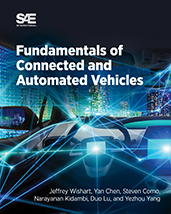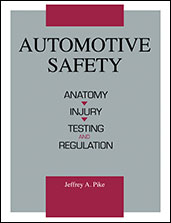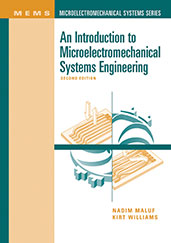Book

Getting Started with UAV Imaging Systems: A Radiometry Guide
2016-01-01
Getting Started with UAV Imaging Systems: A Radiometric Guide provides the tools technologists need to begin designing or analyzing the data product of a UAV imager. Covering the basics of target signatures, radiometric propagation, electro-optical systems, UAV platforms, and image quality, it is replete with examples that promote immediate application of the concepts. Reference materials at the end of each chapter, including many links to current systems and platforms, offer further guidance for readers. Engineers and scientists who specify instrument requirements; design, build, or test hardware; or analyze images for commercial, scientific, and military applications will find the book a useful addition to their working library.



















